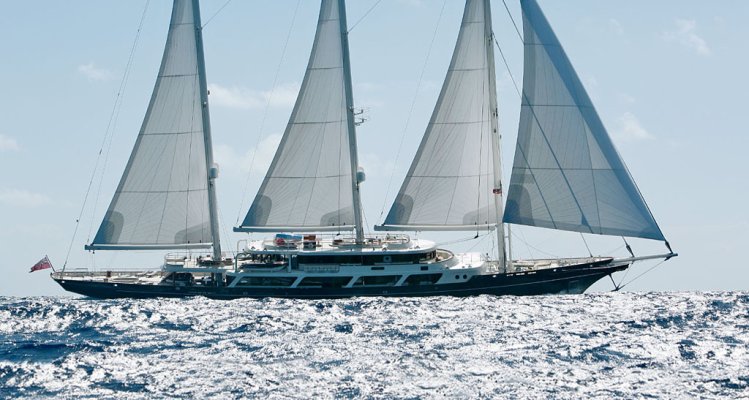cool beans
Senior Member
Good points. I'd summarize by saying that if you want to go minimalist, boating is much cheaper. And it's easier to go more minimalist with a sail boat. But in this case I think the savings come from being minimalist more than anything. I've seen plenty of power boats that are clearly operated on a shoe string, and there is nothing wrong with that. I'm not trying to suggest a boa needs to be outfitting any particular way. I'm just looking for an objective attribution of the savings.
good points, yes. I don't fault anybody's style of boating, in fact i was kind of jealous of those boats and how often the one went out!
Something else, since we are trying to figure out whats cheaper. . .can we define cheaper? The costs mentioned in this thread tend to be just various levels of expensive :lol:

